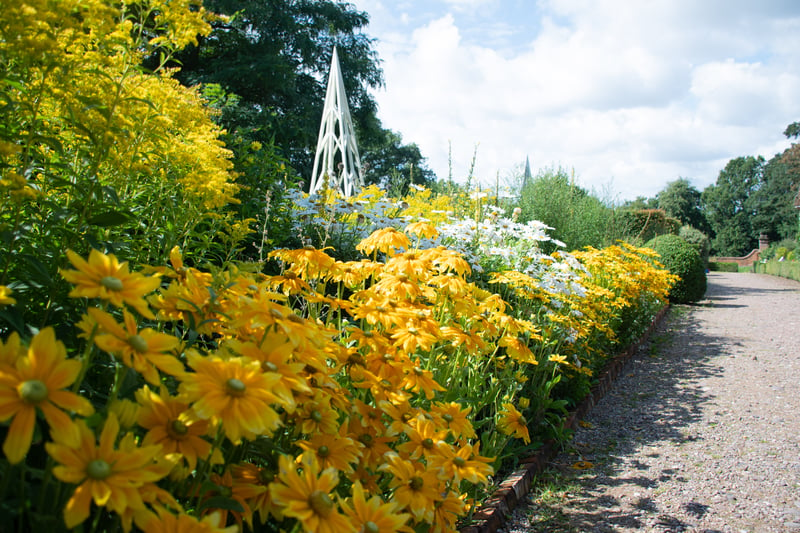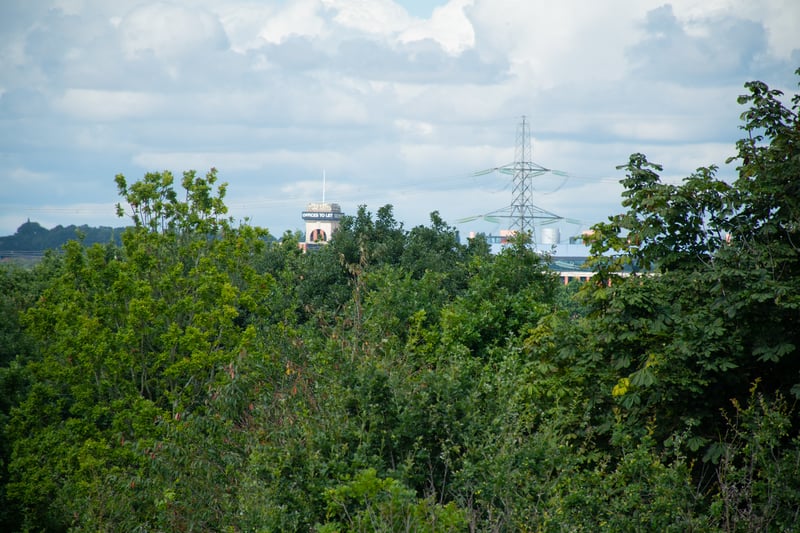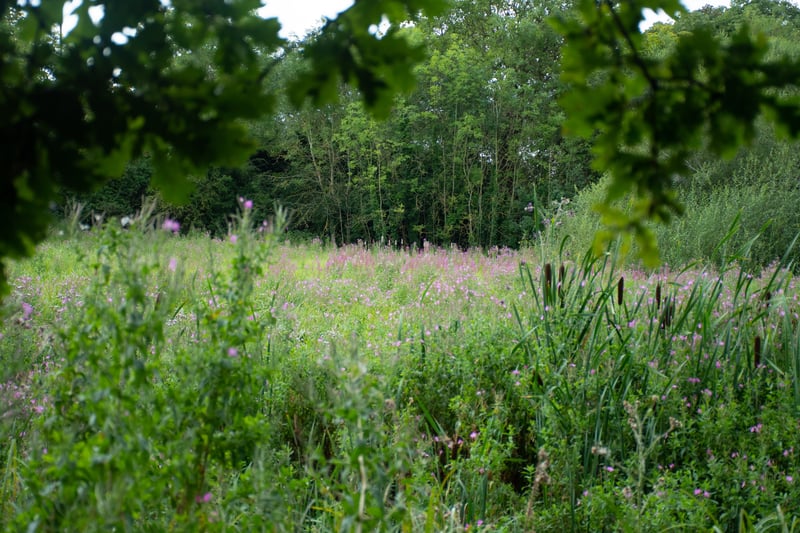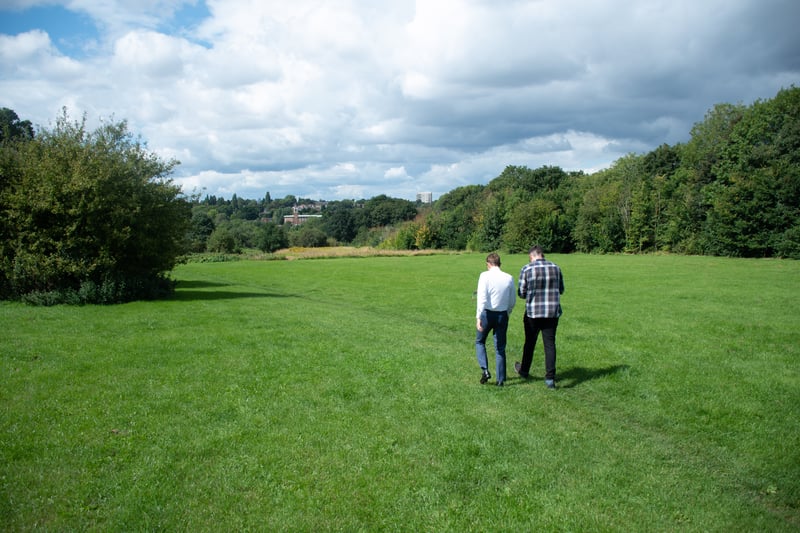A large swathe of historically and environmentally significant parkland in Solihull are being restored and made more accessible to the public after a Community Green Grant from the West Midlands Combined Authority’s (WMCA).
The 40-acre estate is a hidden gem on Solihull’s border with Birmingham, featuring a Jacobean Hall and 350-year-old Gardens. Not only will the fund help restore it but also help with conservation of an area of protected wetland, dried-up ponds, and rare acid grassland that is receding due to invading species.
The parkland at Castle Bromwich Hall Gardens in Solihull is the latest of 20 locally led nature projects across the West Midlands to be supported by the WMCA’s Community Green Grants fund. Castle Bromwich Hall Gardens were originally part of the estate of the Earls of Bradford and are now managed by an independent trust. They sit within the largest conservation area in Solihull. The formal gardens and the 30-acre parkland are both Grade II* Listed, meaning they are in the top 10% of protected landscapes in the country.
Andy Street, Mayor of the West Midlands and WMCA chair, visited Castle Bromwich Hall Gardens to see work funded by the WMCA get underway. He said: “It’s wonderful to see our Green Grants supporting community-led initiatives like Castle Bromwich Hall Gardens. These efforts enhance our natural environment and ensure local people have access to green spaces. We know that time spent in nature can be tremendous for our mental and physical wellbeing. Working together with communities, we will continue to do all we can to protect and enhance fantastic shared resources that local people right across our region are blessed to be able to enjoy right on their very doorsteps.”
Glynis Powell, general manager at Castle Bromwich Hall Gardens, said: “Our tiny independent Trust feels its responsibility to this exceedingly rare combination of buildings, gardens and nature very keenly. The whole area is a rare survival from the late 17th and early 18th century and has only survived the encroachment of this century’s fast roads and industrial development by a combination of passionate individuals, enlightened institutions and public authorities recognising its long-term value.”
The entire Conservation Area is of national significance, but its impact is perhaps felt most keenly by the surrounding communities whose access to natural and cultural amenities is severely limited by geographical and financial constraints. You can find out more about the WMCA’s Community Green Grants scheme on their website. Here are seven images of the parkland that will soon be accessible to some 80,000 residents who live within 15 minutes of it:

1. Hidden gem parkland in Solihull
The £23,000 grant from the WMCA will help fund the restoration and conservation of an area of protected wetland, dried-up ponds, and rare acid grassland that is receding due to invading species

2. Hidden gem parkland in Solihull
A large swathe of historically and environmentally significant Parkland at Castle Bromwich Hall Gardens in Solihull are being restored and made more accessible to the public thanks to a Community Green Grant from the West Midlands Combined Authority’s (WMCA)

3. Hidden gem parkland in Solihull
The 40-acre estate is a hidden gem on Solihull’s border with Birmingham, featuring a Jacobean Hall and 350-year-old Gardens

4. Hidden gem parkland in Solihull
This is the latest of 20 locally led nature projects across the West Midlands to be supported by the WMCA’s Community Green Grants fund, with almost £500,000 helping to restore waterways, plant trees, create ponds, wildflower meadows and urban parks, and to grow fruit and vegetables
